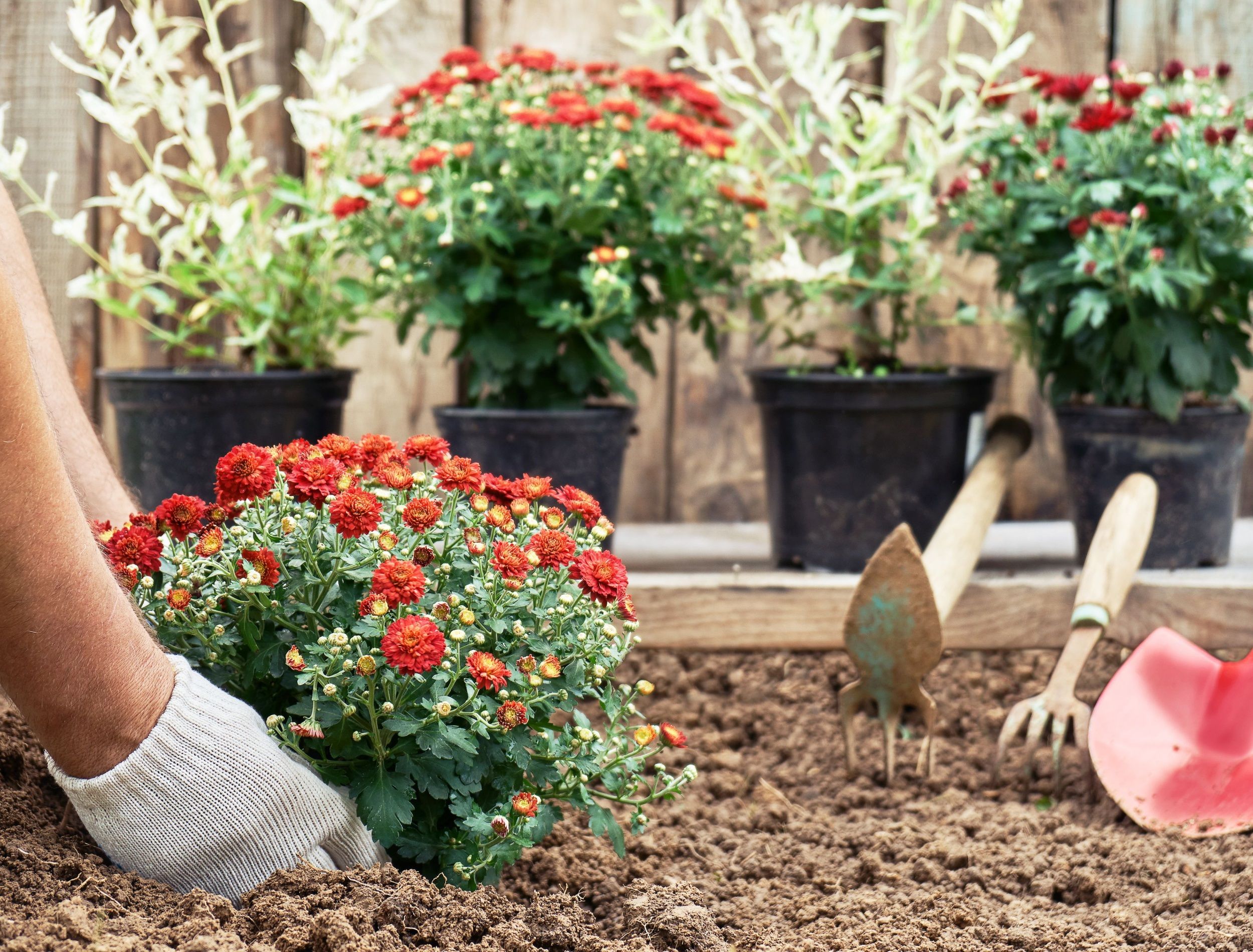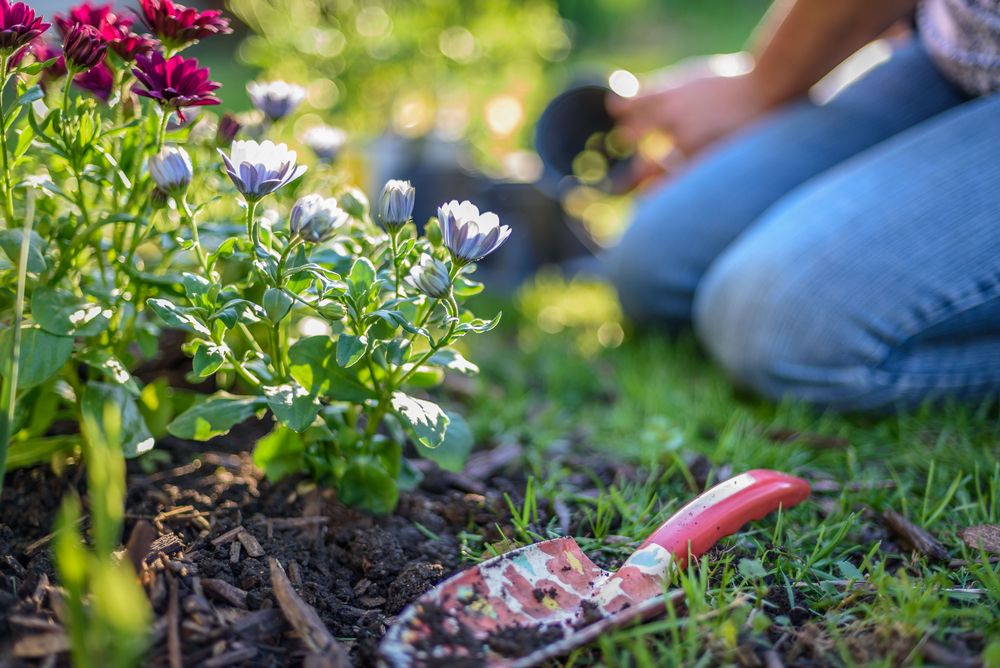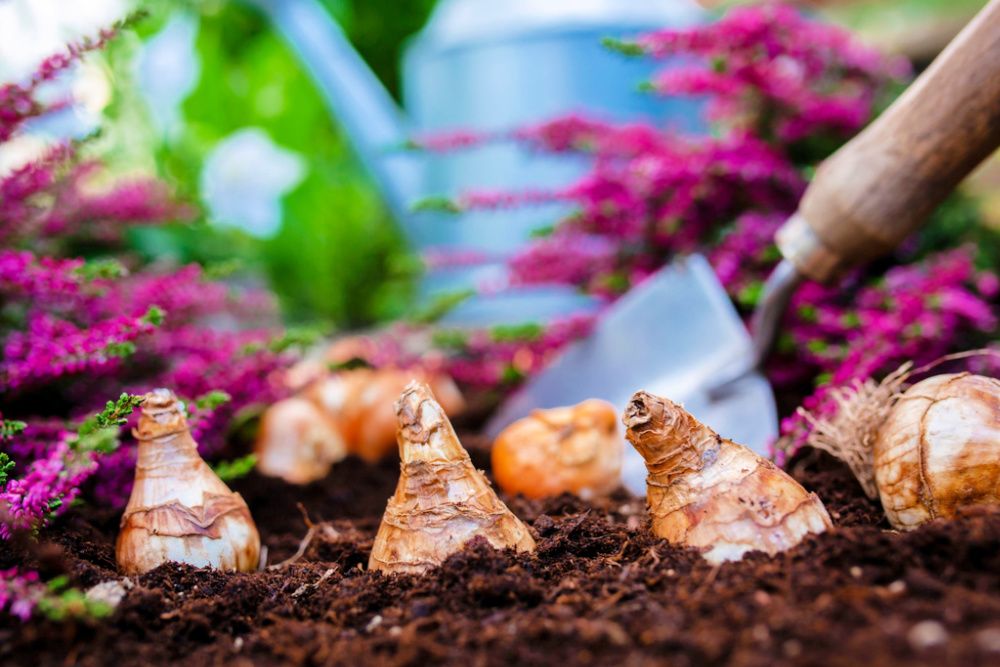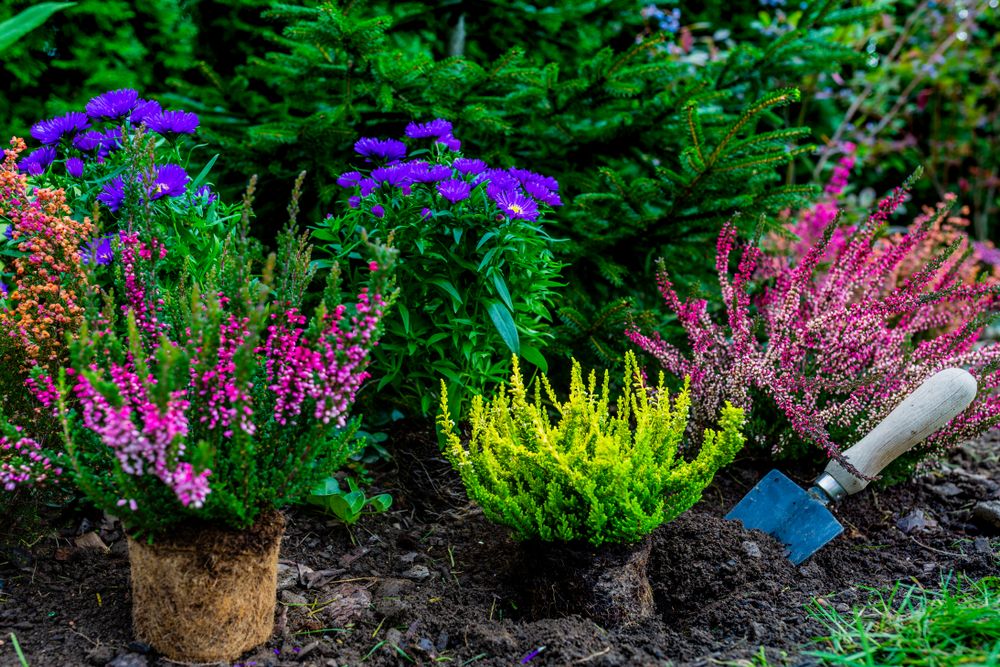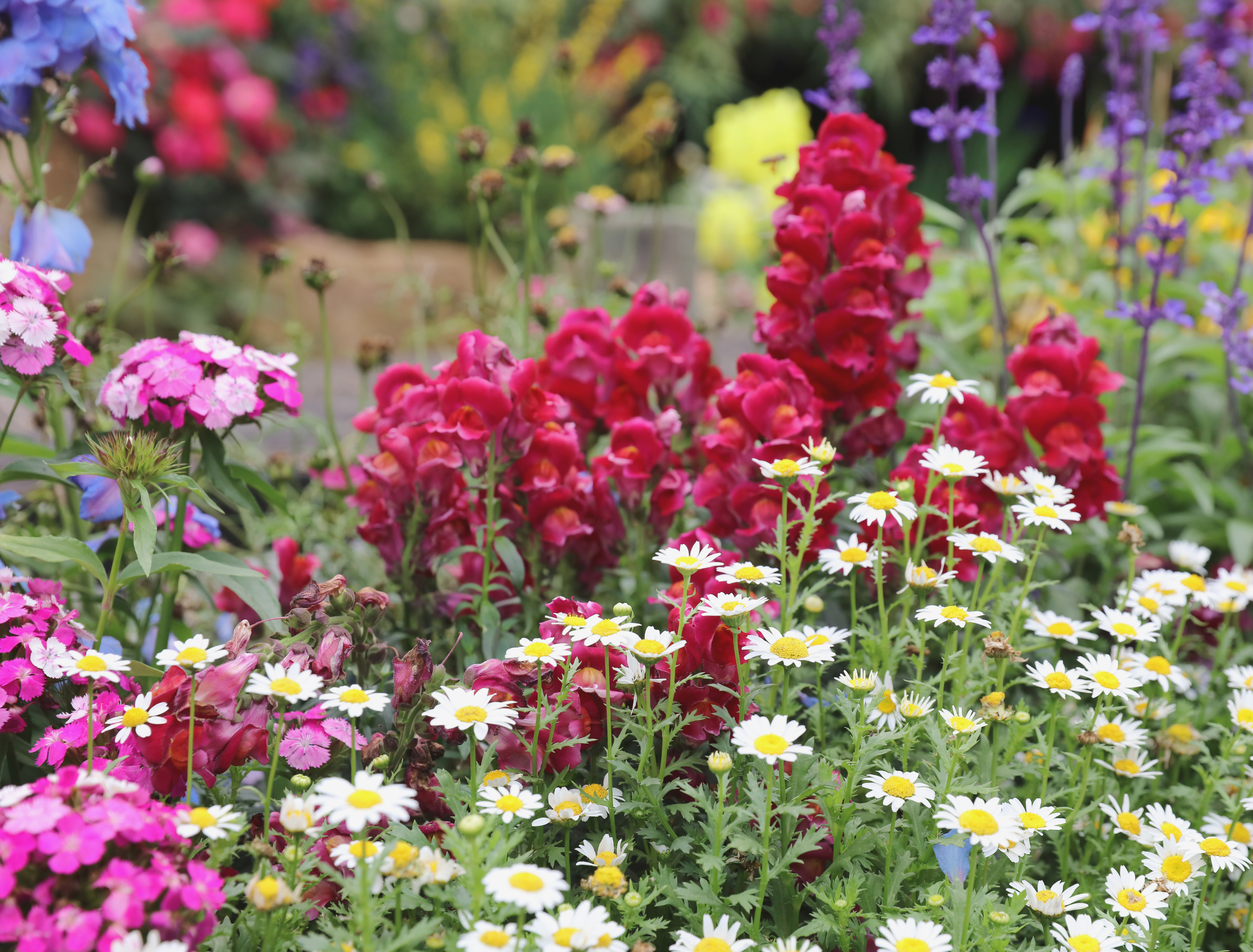Perennials are flowers, vegetables, herbs, and shrubs that survive more than two years. While the plants die back in the winter, the roots survive underground, and foliage will emerge once the weather warms up again. Because of this, they require an established root system to endure the cool weather.
With this knowledge, you may wonder, when is the best time to plant your perennial garden? Fortunately, in this guide, you'll find the answer and discover tips for growing gorgeous perennials that thrive year after year.
When to Plant
Image credits: Georgy Dzyura via Shutterstock
When you plant perennials will depend on the type of plant you pick and when you want to see some blooms.
Some perennials flower from spring through early summer, while others from summer through fall. This means you can plant more than one variety so that when one set of flowers dies away for the year, another will begin to bloom. With careful planning and proper timing, your perennial garden will always be in bloom!
As a general rule of thumb, plant fall-blooming perennials in spring and spring-blooming perennials in late summer or early fall. Point is, they need to be in the ground before signs of frost appear or before the full heat of summer during their growth period.
If you're transplanting already established plants, you can do so during their blooming season. Remember to check recommended planting dates for specific perennials.
Dividing and transplanting perennials follows a similar rule: divide fall-blooming perennials such as hostas in the spring and spring-blooming perennials like tulips in the fall.
Planting in Spring
Image credits: David Prahl via Shutterstock
Spring provides optimal growing conditions such as warm soil, rainfall, and plenty of daylight. Planting in warm weather isn't ideal as it can dry out the root system, so plant in early spring after the last frost.
You can either plant seeds for flowers such as asters, mums, and black-eyed Susan for fall blooms or transplant coneflowers and daylilies to enjoy during spring. If you plant fall- and spring-blooming plants, you'll see growth all year round.
Planting in Fall
Image credits: iMarzi via Shutterstock
If you're planting in the fall, plant at least six weeks before the first frost. The earlier you plant in the fall, the better. It will allow the plants plenty of time to establish a root system. With the proper insulation (mulch), perennials will spend the entire winter growing roots.
You can plant crocus bulbs, daffodil bulbs, or butterfly bush seeds for spring-blooming flowers. At the same time, transplant established marigolds, hostas, and peonies for fall color. This way, you'll enjoy a blooming garden from spring through fall.
Transplanting
Image credits: iMarzi via Shutterstock
If you're not planting perennials from seed or bulbs, you will have to transplant them. Plant the perennials during their growing season. Whether you've divided them or decided on a few established plants from the garden center, the process is similar.
When transplanting, opt for a dormant perennial or one just beginning to develop buds. It's best to plant on a cloudy or overcast day to avoid heat stress. Either dig a few holes in your garden bed or prepare your containers for the plants. Make sure they feel right at home with well-drained soil, top with 3 inches of mulch and finish with plenty of water.
Tips for Growing
Image credits: seaonweb via Canva
If you plant perennials with different bloom times in spring and fall, you'll enjoy their colors for most of the year. But once you've got them in the ground, how you should care for them? Fortunately, perennials are generally low-maintenance! Find general care rules below, but remember to research the specific recommendations for your plants.
- Water thoroughly after planting to help the perennials grow and develop root systems. Continue to water regularly throughout the growing season, maintaining soil moisture. Be wary not to overwater!
- Mulch the perennials with a 3-inch layer of compost, straw, or wood chips to prevent weeds and maintain moisture levels.
- Perennials grow best in well-drained soil with a pH of around 6 to 7. If you test the soil pH and it's low, add organic matter such as compost or use fertilizer to ensure the plants get enough nutrients.
- Deadhead spent blooms to maintain your garden's curb appeal. It will also encourage new flowers.
- Depending on the recommendations for your specific plants, prune in the fall or spring to control growth and remove dead stems.
Happy Gardening!
When it comes to planting perennials, avoid the extreme temperatures of summer and winter. Frost and heat stress kill the plants if they don't have an established root system, so give them time to develop.
If you're starting from bulbs or seeds, plant fall-blooming perennials in spring and spring-blooming plants in fall. Of course, you can transplant established plants during their growing season!
Do you have any tips for planting a perennial garden? Share in the comments below!


